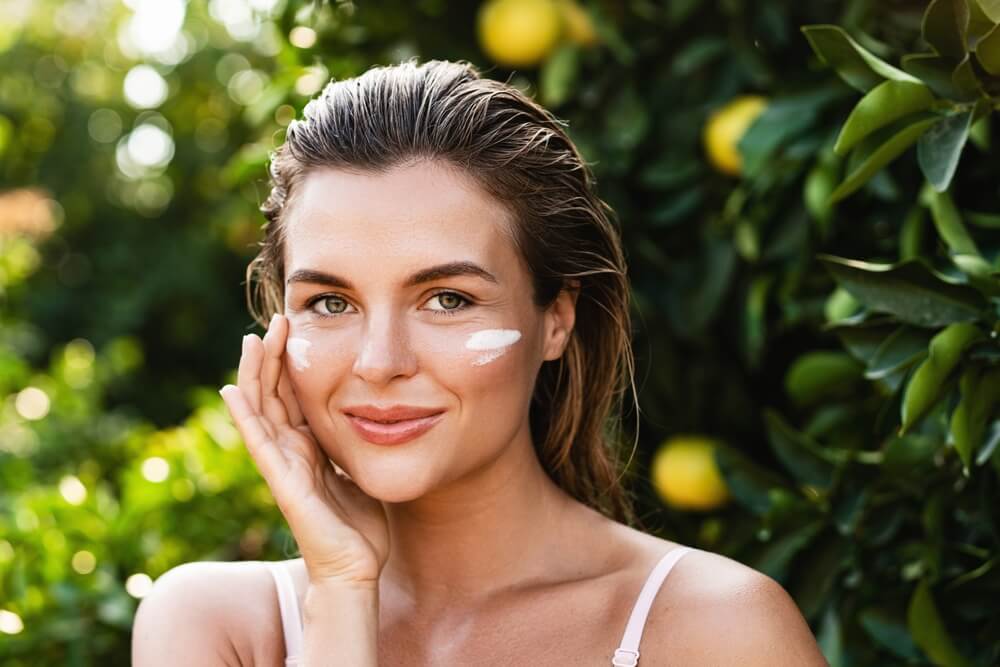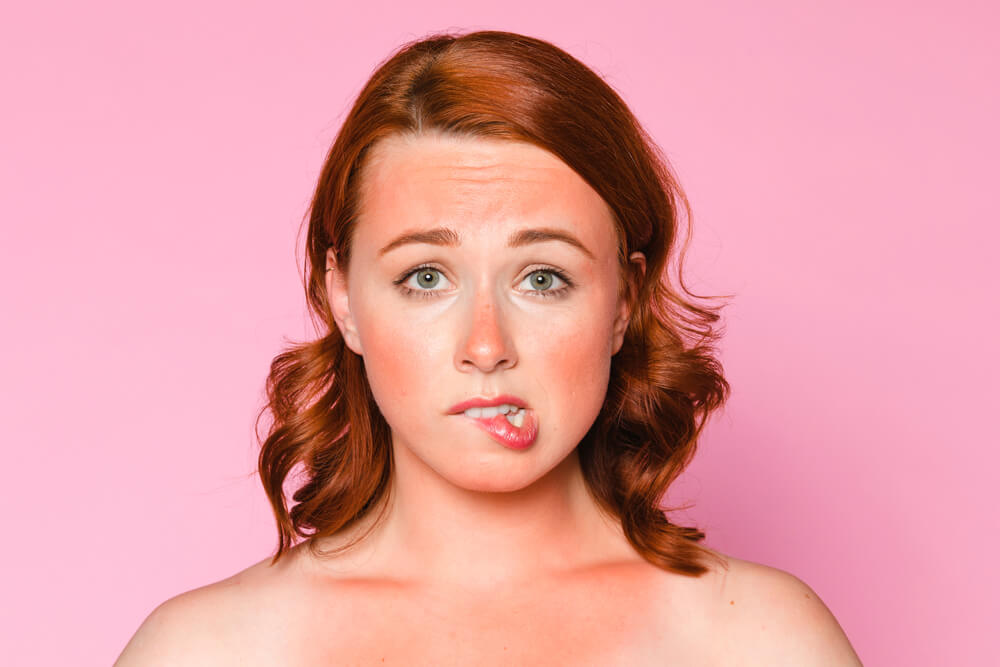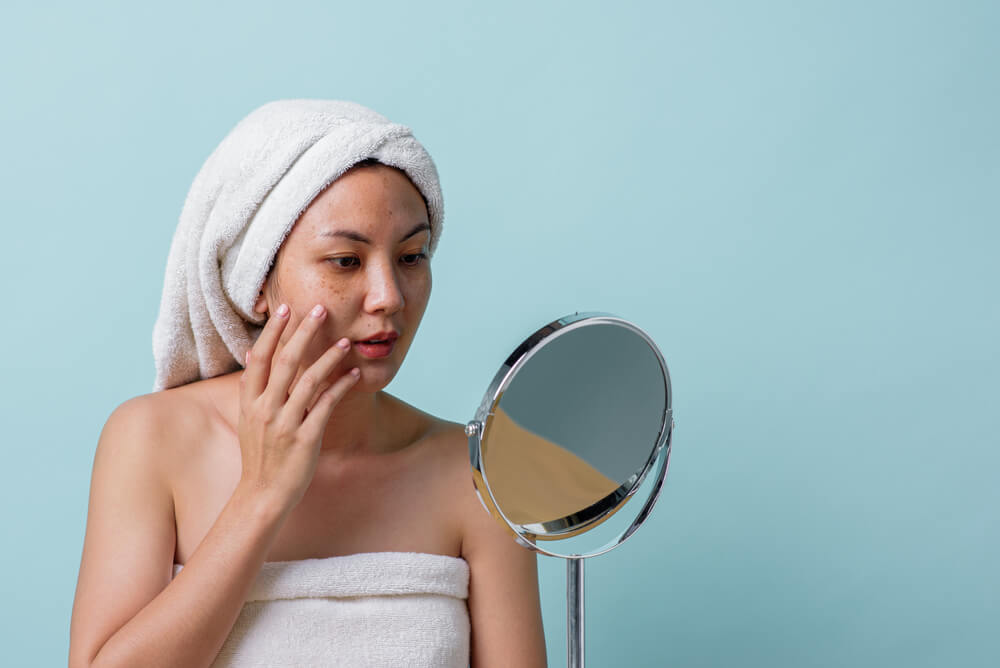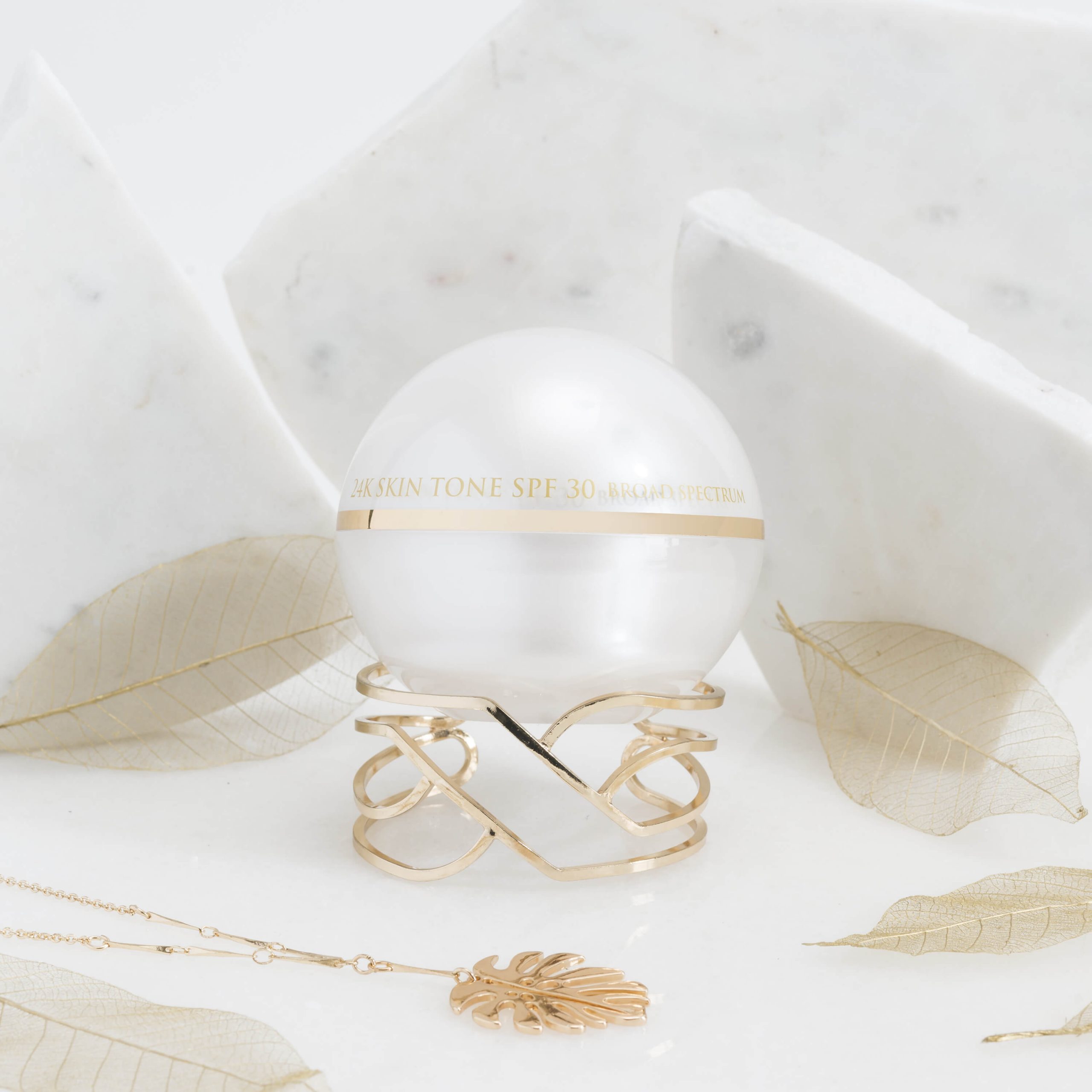Is SPF Actually Necessary?

Chances are that, since you were young, you’ve been told time and time again to always wear SPF. This advice is repeated all over the world yet many people choose to ignore it, believing that, so long as they don’t burn, their skin is more than capable of handling UV rays on its own.
So, what’s the truth? Is SPF actually necessary and, most importantly, what will happen to your skin if you decide to forgo the sunscreen? Keep reading as OROGOLD explains!
What is SPF?
SPF stands for sun protection factor. It refers to a product’s ability to protect the skin from the sun’s UVB rays. The higher a product’s SPF rating, the longer its protection will last.
Essentially, an SPF rating indicates how much longer it will take for you to burn compared to if you weren’t wearing any SPF. For example, if your skin normally starts to burn after being in the sun for ten minutes, then wearing an SPF 30 product will mean that it will instead take 300 minutes before your skin starts to burn.
Why Do You Need to Wear SPF?
So, let’s get to it – is SPF really necessary? The short answer is yes. Here’s why:
To Protect Against Skin Cancer
Did you know that, in the USA, more than two people die from skin cancer each hour? It’s one of the most common cancers in the world, with the sun being the primary cause of the deadliest form of skin cancer.
This is one of the most important reasons to keep your skin protected by SPF. Research confirms that regularly wearing sunscreen can significantly reduce a person’s risk of developing skin cancer. Sure, remembering to wear SPF can be bothersome, but it’s a small price to pay in order to keep your health in tip-top shape.
To Protect Your Skin From Sunburns

Many people incorrectly assume that a sunburn once in a while isn’t a huge deal. However, each sunburn that you experience greatly increases your risk of developing skin cancer.
Aside from that, sunburns also cause a number of other issues within the skin. They lead to redness, inflammation, peeling, and, of course, pain. It can take several days for the discomfort that accompanies a sunburn to wear off!
This is one of the primary reasons why sunscreen was invented in the first place. By preventing your skin from burning, it can then shield your skin from a whole host of other related skin concerns.
To Prevent and Reduce the Appearance of Premature Skin Aging
Wondering if there’s any way that you can prevent the appearance of fine lines and wrinkles from dominating your skin as you age?
There is – with SPF. Considering the fact that up to 90% of the visible aging-related changes that take place in the skin are caused by UV exposure, keeping your skin protected from the sun will go a long way in slowing down the rate at which your complexion ages.
This is all down to how SPF blocks UVB rays from reaching your skin’s collagen and elastin fibers. These two proteins form the building blocks of your skin’s structure. The more of them you have, the firmer and smoother your skin will look. On the other hand, once they start to get damaged by UV rays, they weaken to the point where they’re not able to properly support your skin from beneath. This then leads to wrinkling and sagging. Preventing this from happening by being diligent about wearing SPF will enable you to retain your bouncy, youthful complexion for so much longer.
To Prevent the Visibility of Hyperpigmentation

When the skin is exposed to UV rays, it increases production of melanin as a form of self-protection. This is the pigment that determines the color of your skin. This is why sun exposure causes the skin to tan – it all comes down to the extra melanin that’s being produced.
However, your skin can only tan so much. After a certain point, your skin will struggle to evenly disperse all of that extra melanin. Instead, the excess pigment starts to cluster up under certain areas of the skin, causing those parts of the skin to turn darker. Unlike a tan, which will soon start to fade on its own, the hyperpigmentation caused by sun exposure takes much longer to dissipate.
By wearing SPF, your skin won’t feel the need to produce quite as much extra melanin. This will go a long way in preventing the appearance of dark spots.
To Keep Your Skin Barrier Feeling Strong and Resilient
Each time the sun beats down on your skin, it causes damage to your skin’s protective barrier. This barrier sits on the outermost surface of your skin and plays a crucial role in how well your skin functions.
The more damaged your skin barrier becomes, the more problems your skin will face. Impaired barrier function can lead to everything from dehydration to sensitivities, making it so important to keep your barrier feeling protected by covering it with SPF.
To Reduce the Feeling of Inflammation
It’s easy to assume that if your skin doesn’t burn after being in the sun for a while, then this means that UV rays haven’t caused any inflammation. However, this is incorrect. Even a small amount of UV exposure triggers an inflammatory response in the skin.
Why is this important if your skin isn’t actually burning? Because excessive inflammation can cause deep damage to your skin’s tissues. It also accelerates the rate at which the skin ages, a process coined as inflammaging.
By wearing SPF, you’ll be putting a stop to your skin producing an inflammatory response to UV rays. This will keep your skin looking calm and soothed, no matter how strong the sun may be.
How to Choose a Sunscreen

As you can see, SPF is very much a necessity. However, choosing a good SPF product isn’t quite as easy as you may have hoped.
There are a few factors to consider when making your choice, with the first being the actual SPF rating. Generally, SPF 30 is enough to keep your skin adequately protected. However, if you have sensitive skin or you’re already witnessing significant amounts of sun damage, you may want to go with a higher SPF rating.
Of course, as mentioned earlier, SPF only tells you how much UVB protection a product will provide. However, let’s not forget about UVA rays. They’re just as damaging, yet many sunscreens leave the skin vulnerable to their harm.
To ensure that your sunscreen will provide protection from both UVA and UVB rays, look for a broad-spectrum formula. Some sunscreens will also use a star rating system to indicate how much UVA protection that product actually provides.
If you’re trying to keep your skincare routine as basic as possible, then it may be worth considering a moisturizer that also contains SPF. While the majority provide just SPF 15, which isn’t enough, there are a few out there that have been formulated with SPF 30, just like OROGOLD’s 24K Skin Tone SPF 30. Not only does this sheer and lightweight face cream offer broad-spectrum protection but it’s also brimming with vitamins and antioxidants to keep your skin looking bright and healthy.
How to Use SPF For Maximum Protection
Once you’ve found a sunscreen that meets the mark, you then need to understand how to use it properly. This may sound simple enough but, in reality, most people don’t actually use enough product when applying sunscreen. This means that they won’t be receiving the SPF rating that they think they are. They’ll believe that their skin is more protected than it really is, meaning that UV damage will still occur.
So, how much SPF should you be using?
Official figures state to use 2mg of sunscreen for every square centimeter of skin. In real-life terms, this basically amounts to a quarter to a half of a teaspoon of sunscreen for the face, or two tablespoons if you’re covering your body too.
Once you’ve applied your SPF, your work doesn’t stop there. Most sunscreens will only provide adequate protection for a couple of hours. After this, the amount of protection will slowly start to decline until it completely disappears.
To counter this, you should be reapplying your SPF every two hours. If you happen to be sweating more than usual, then your reapplications should be more frequent since your sweat will be washing your SPF away much faster.
One final tip – make sure that you use SPF year-round. Although the sun may not feel quite as damaging in the winter months, UV rays are still present. In fact, snow and ice can magnify them, meaning that your skin is never really safe unless it has been covered with SPF.
Other Ways to Protect Your Skin From Sun Damage
It’s worth keeping in mind that no matter how high a product’s SPF rating may be, it will never be able to protect your skin from 100% of UV rays. An SPF 30 product blocks about 97%, an SPF 50 product shields from about 98%, and an SPF 100 product will protect you from about 99%. However, the difference between these is negligible, especially if you’re reapplying your sunscreen every two hours.
While that may be the case, there are other things that you can do to supplement your SPF to ensure full protection. One would be to simply avoid the sun when UV rays are at their most damaging. This is usually when the sun is at its highest point in the sky – think late mornings to early afternoons, depending on where you live. Stay in the shade as much as possible while still covering your skin with SPF and you won’t have to worry about UV damage.
Keeping your skin protected with clothing and accessories can also help. From a large hat and sunglasses to protect your face to long but loose clothing to provide an additional barrier between your skin and the sun, these extra measures will ensure that your skin receives all of the protection that it needs.
Summary
When it comes down to it, SPF is very necessary. No matter your age, your skin type, your skin color, or anything else, everybody should be protecting their skin with SPF. Not only will this enable you to stave off the development of skin cancer, but it will also give you skin that looks smoother, firmer, brighter, and so much healthier.
Click here to check out more bestselling skincare products from OROGOLD.




 A.U.
A.U. B.R.
B.R. C.A.
C.A. E.S.
E.S. H.K.
H.K. M.X.
M.X. N.L.
N.L. P.R.
P.R. S.G.
S.G. T.W.
T.W. U.K.
U.K. S.A.
S.A.


